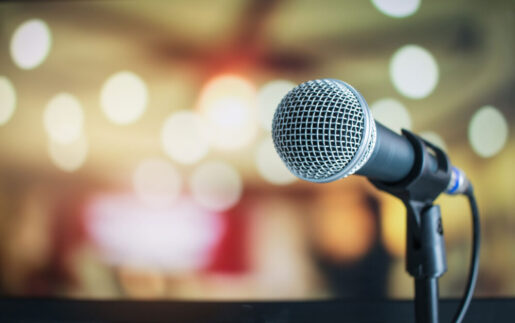In “Vertically Integrated Legal Service,” Richard Susskind and Neville Eisenberg argue that law firms could transform not just their business but also the status quo of legal service delivery through vertical integration. Here, we briefly pause to examine the precise meaning of the term “vertical integration,” how it contrasts with its counterpoint, horizontal integration, and what these terms mean in the context of the legal profession.
Vertical integration is an organizational strategy that prioritizes the incorporation of more stages of a product or service’s supply chain into the organization’s own processes and management. As economist Kenneth Arrow writes, “An incentive for vertical integration is replacement of the costs of buying and selling on the market by the costs of intra-firm transfers,” with the anticipation being that the latter would ultimately be more cost effective. Apple—often cited as a paragon of vertical integration—offers a useful example in the world of technology products, designing both the software and hardware for its products, controlling the components and materials that make up their products in the early stages all the way down to the sale and distribution of its products directly to consumers. In short, Apple manages virtually all aspects of its products end to end.
These trends are likely to accelerate as regulation shifts in the United States, rendering vertically oriented strategies more and more possible in the market for legal services.
Horizontal integration, by contrast, prioritizes the consolidation of direct competitors at a similar stage in the supply chain. In this strategy, rather than an organization attempting to capture earlier or later stages of their core business’s supply chain, that organization might focus on absorbing, merging with, or otherwise overtaking similar organizations at similar stages of the chain. One notable example of horizontal integration is Disney and its acquisitions of competing entertainment companies, including Pixar Animation Studios, Marvel Entertainment, and Lucasfilm.
The following chart offers a generalized illustration of horizontal versus vertical integration using the example of the automotive industry. If a company’s core business is as a car manufacturer, then it might integrate vertically in one of two directions. The company could vertically integrate “backward” to capture earlier phases of production, such as expanding into the realm of suppliers or commodity producers. Likewise, the company could vertically integrate “forward” to capture later phases of production by competing at the level of car importers, garage owners, or car buyers. If the company were to horizontally integrate, it would expand on the levels where it already had business—namely, by expanding into space occupied by other car manufacturers.

Considering the context of legal services, horizontal integration is not uncommon. In effect, most law firm merges are examples of it, such as the recent merger of two Am Law 100 firms: Faegre Baker Daniels and Drinker Biddle & Reath into Faegre Drinker Biddle & Reath.
Vertical integration for law firms is arguably less common, particularly as there is little place to go vertically “forward” since elite law firms occupy the very front-end of their corner of the legal services market. (That being said, there may be evidence that the Big Four are increasingly looking to vertically integrate by forming alliances with elite firms—see “Developments in Legal Service Integration.”) What is more common amongst law firms is “backward” vertical integration into the space occupied by alternative providers. Indeed, as Susskind and Eisenberg acknowledge, many firms have attempted this already. “Many firms have done this, for example, by setting up low-cost service centers or building teams of paralegals,” they write. At the same time, they argue, these efforts have not been attempted under conditions that would allow them to truly take hold—which is to say, for vertical integration to succeed in law firms, more fundamental change is required. “Generally, however, most partners in these firms regard these as add-ons,” they continue. “Indeed, they have rarely been integrated with mainstream services. Instead, they sit on the edge, regarded as peripheral and not integral, a nod towards innovation rather than a new business model.”
Whether a law firm aims to grow vertically or horizontally, there are tradeoffs that depend on the firm’s specific context. Good and bad strategy is entirely dependent on the given firm’s circumstances and location in the market (for more on how one might imagine their firm’s strategic positioning, see “Postrecession Strategies”). In the meantime, these trends are likely to accelerate as regulation shifts in the United States, rendering vertically oriented strategies more and more possible in the market for legal services.



